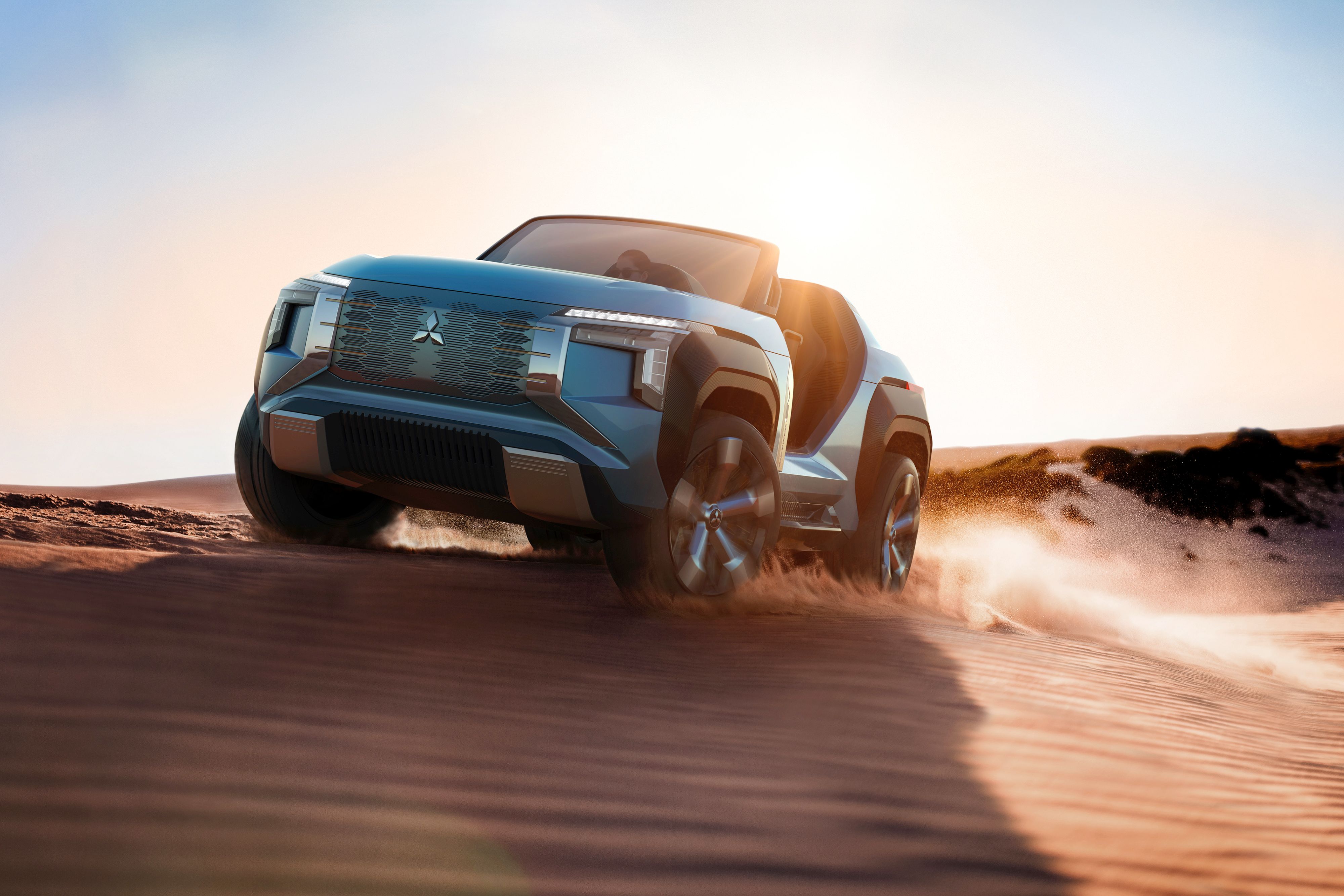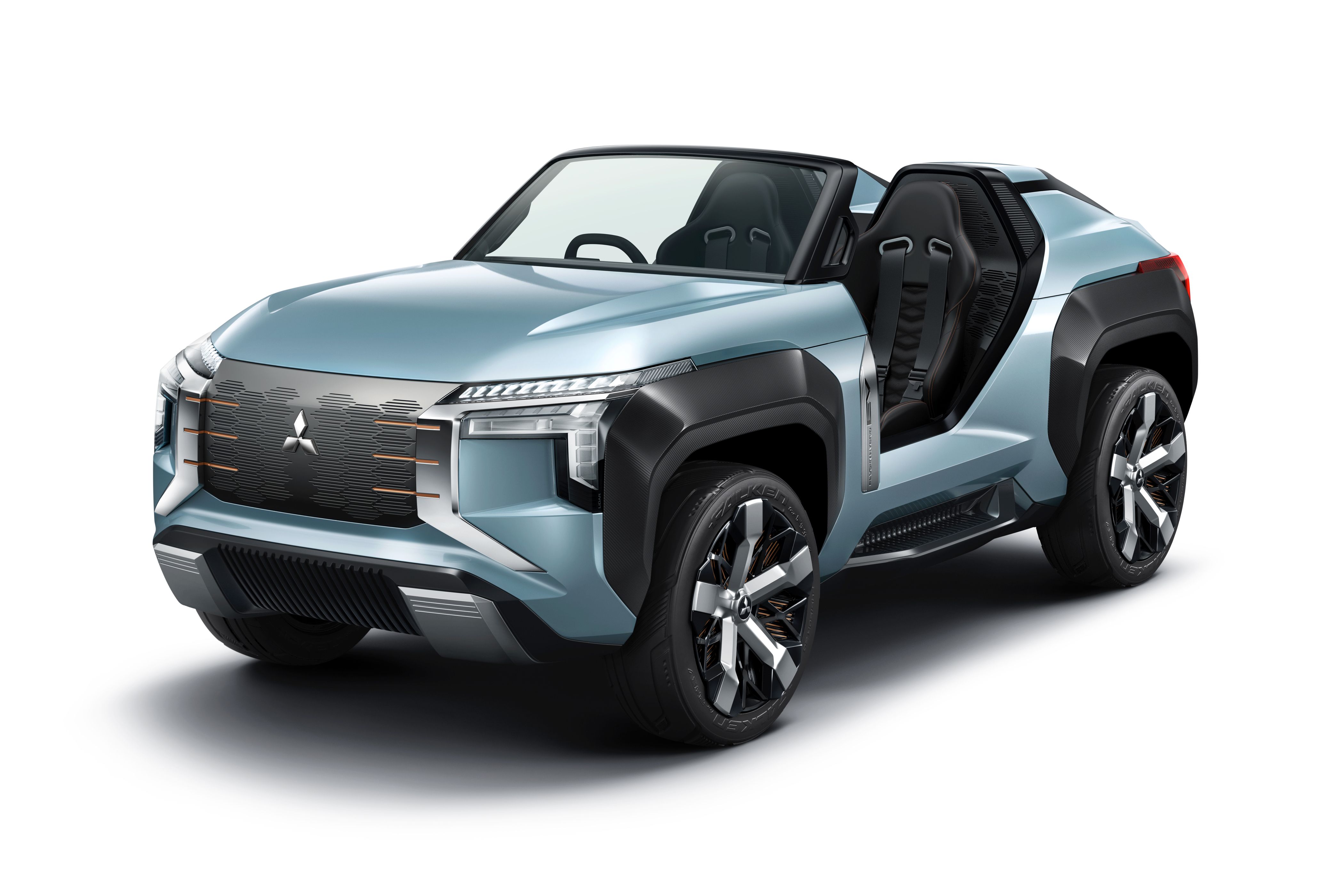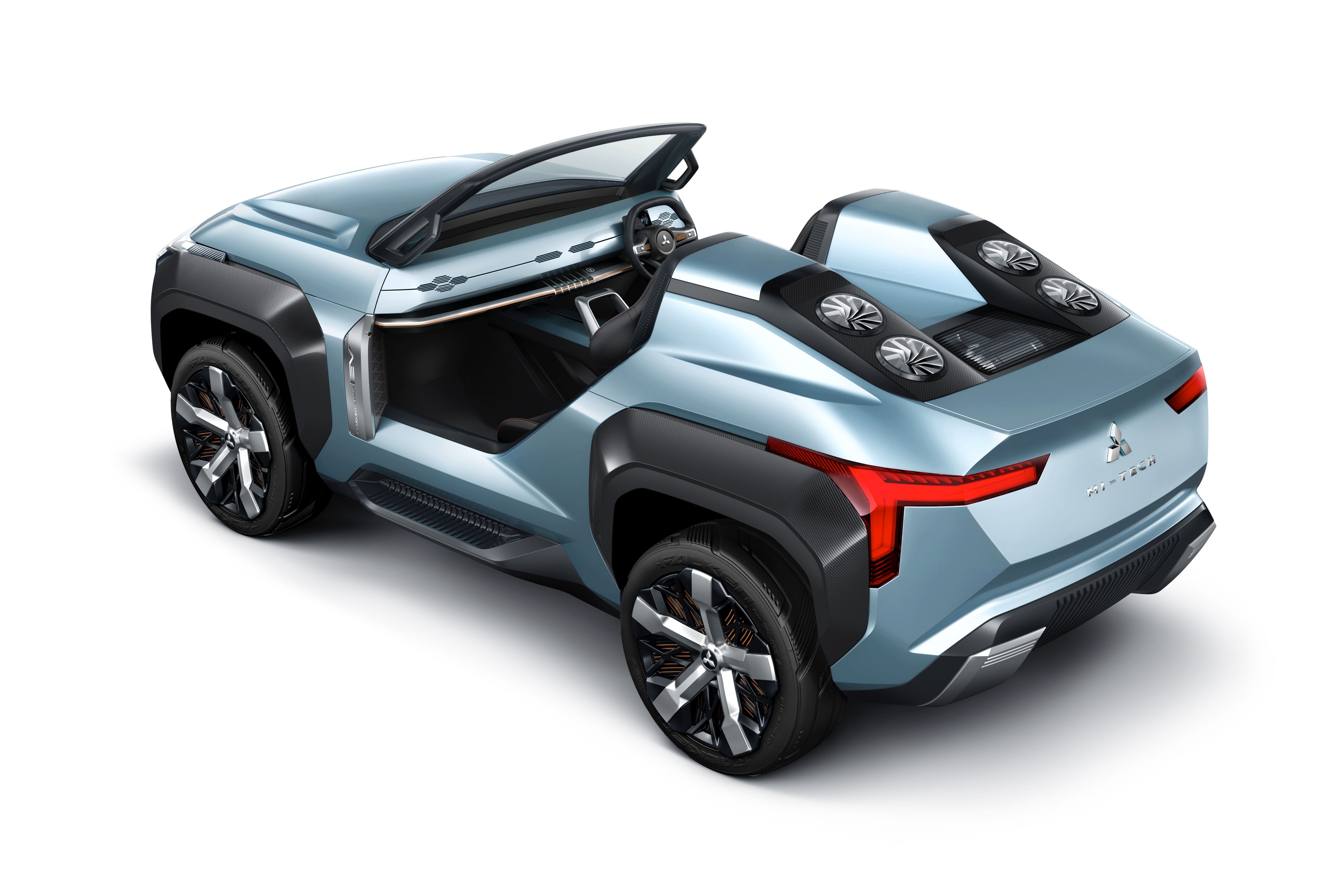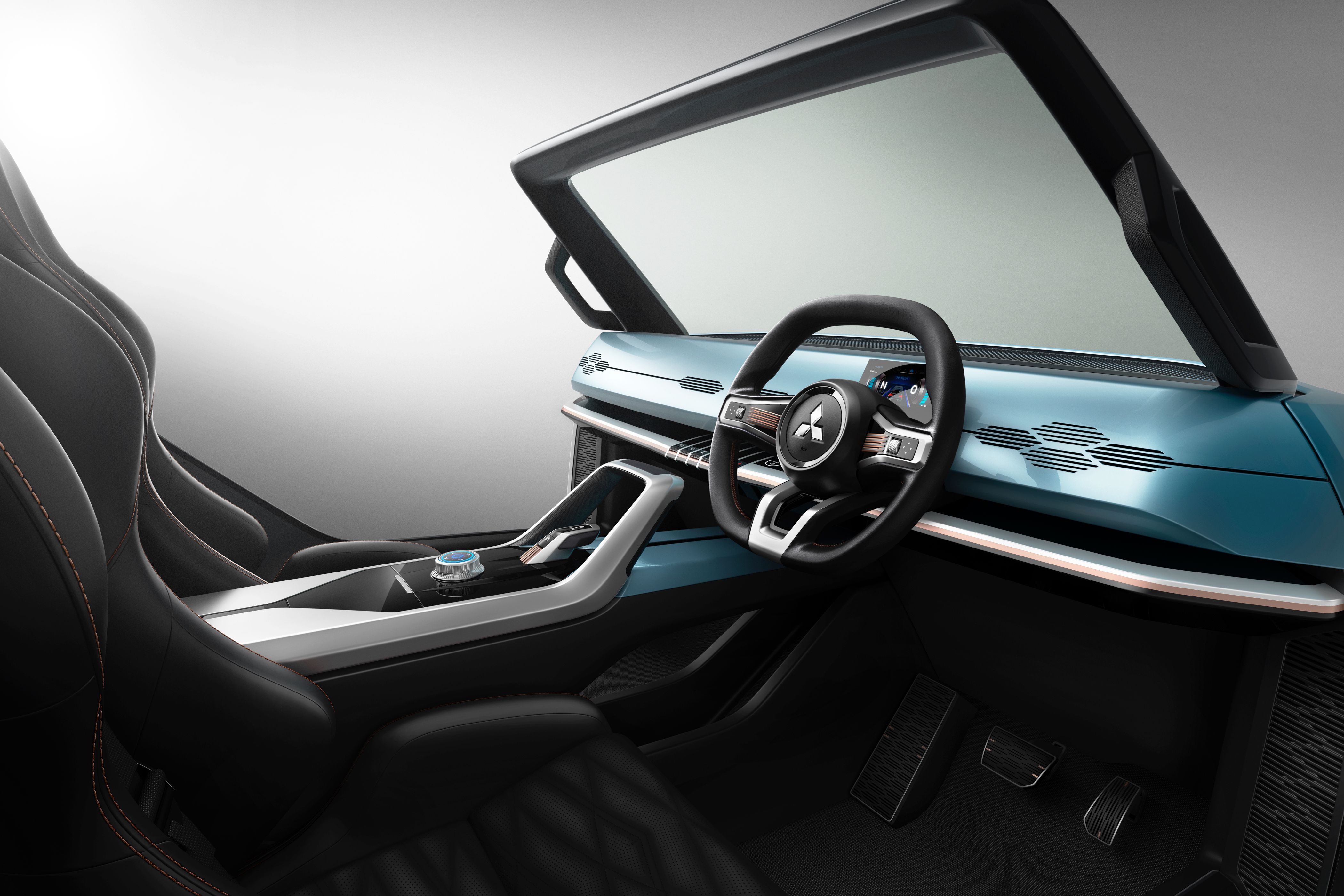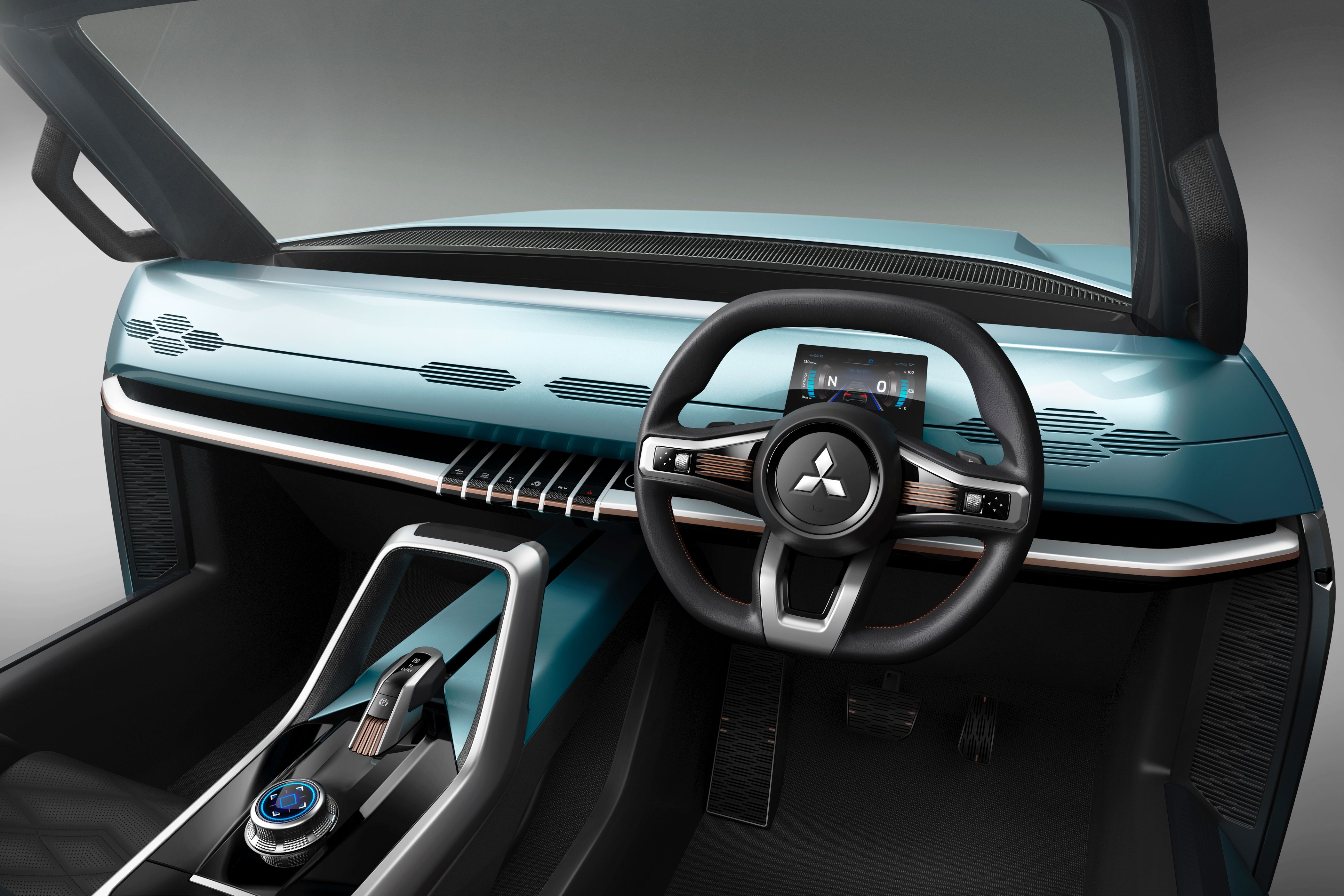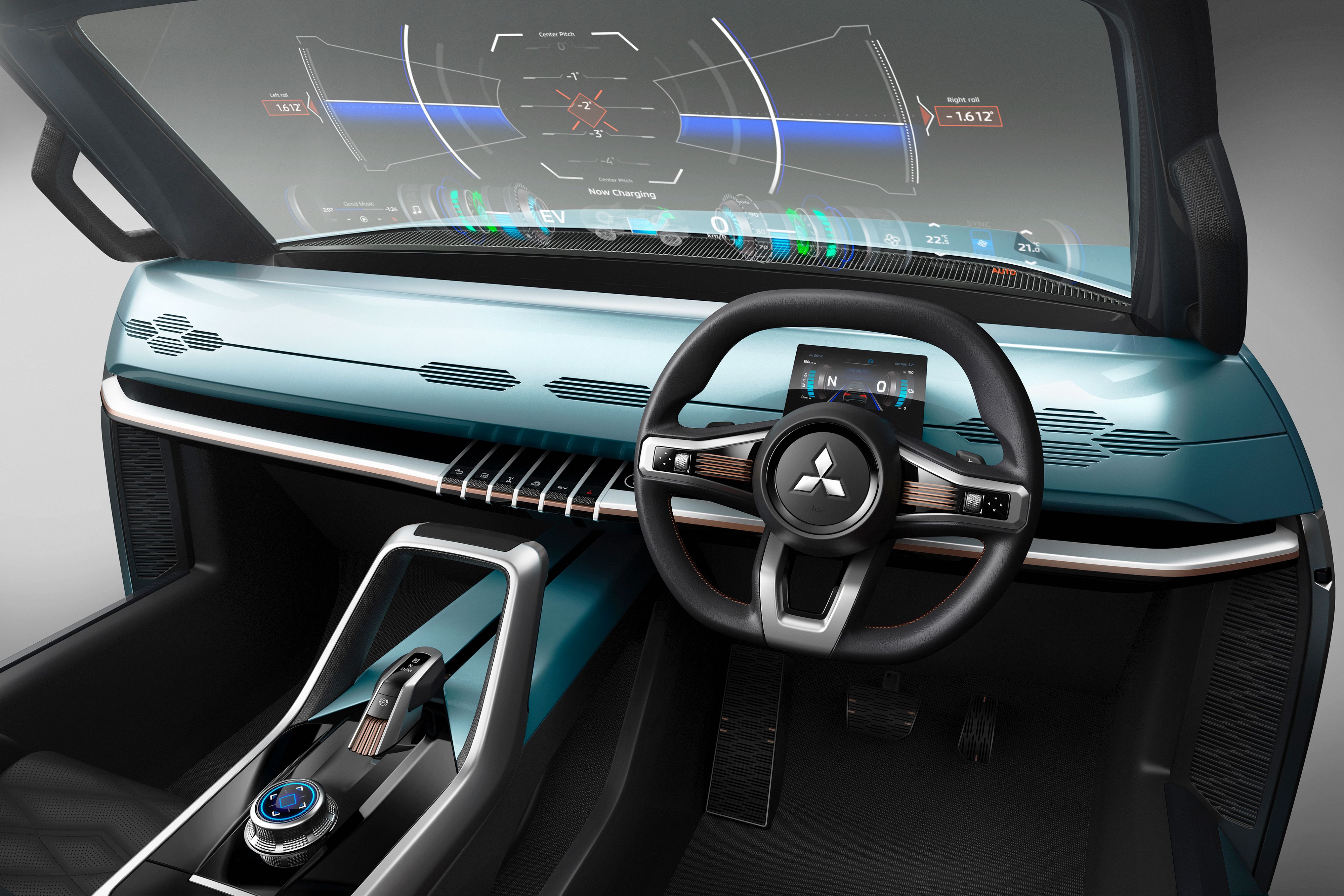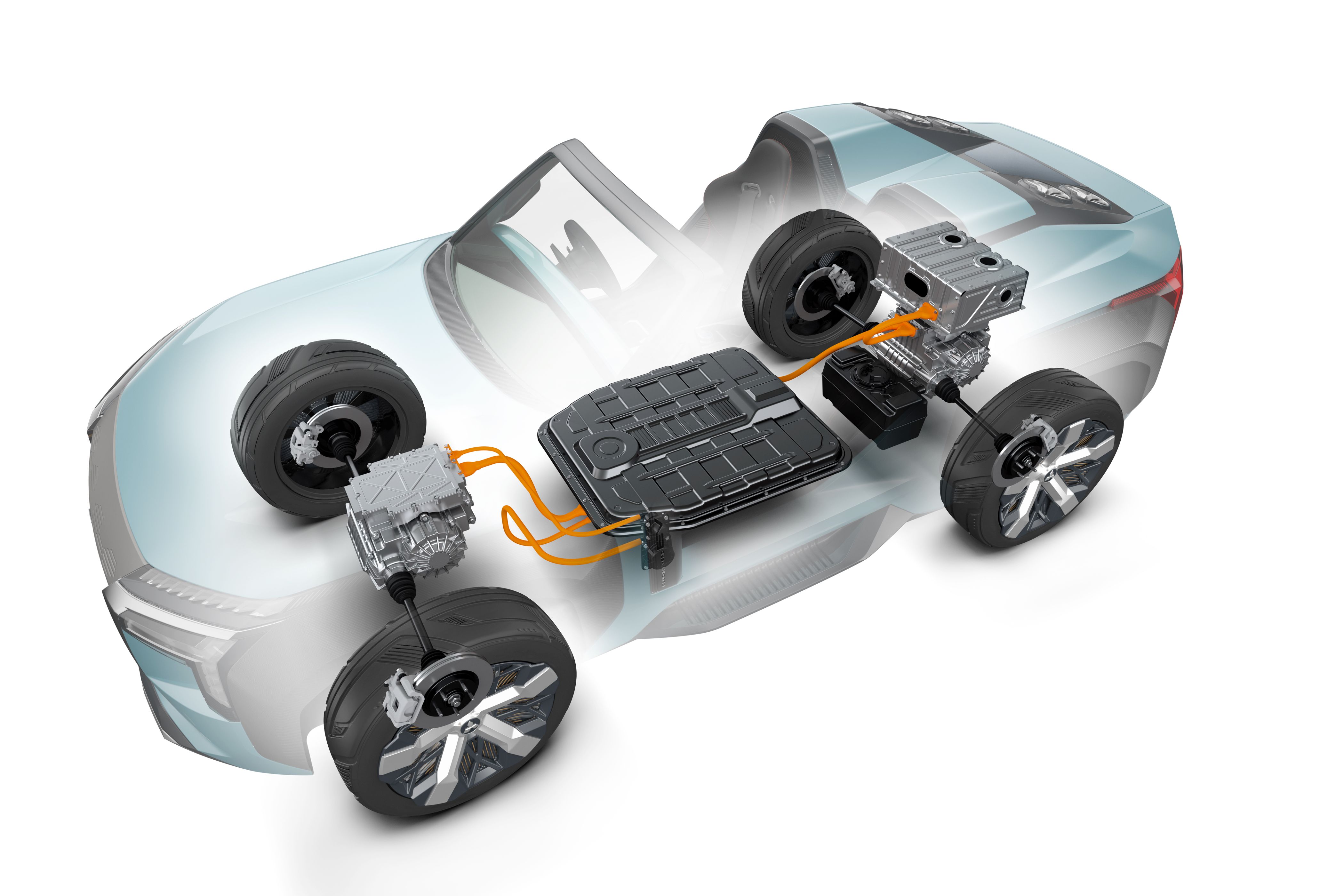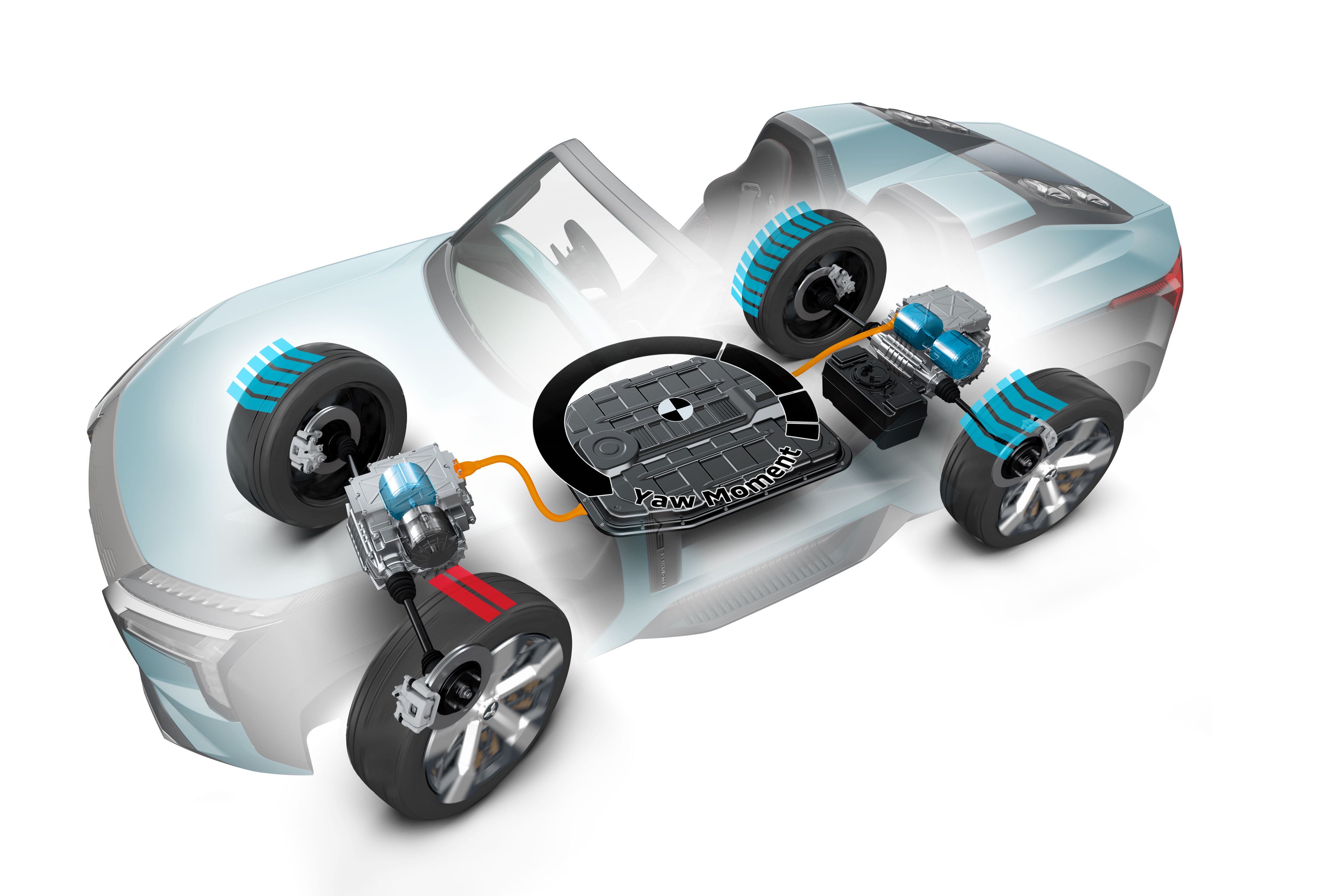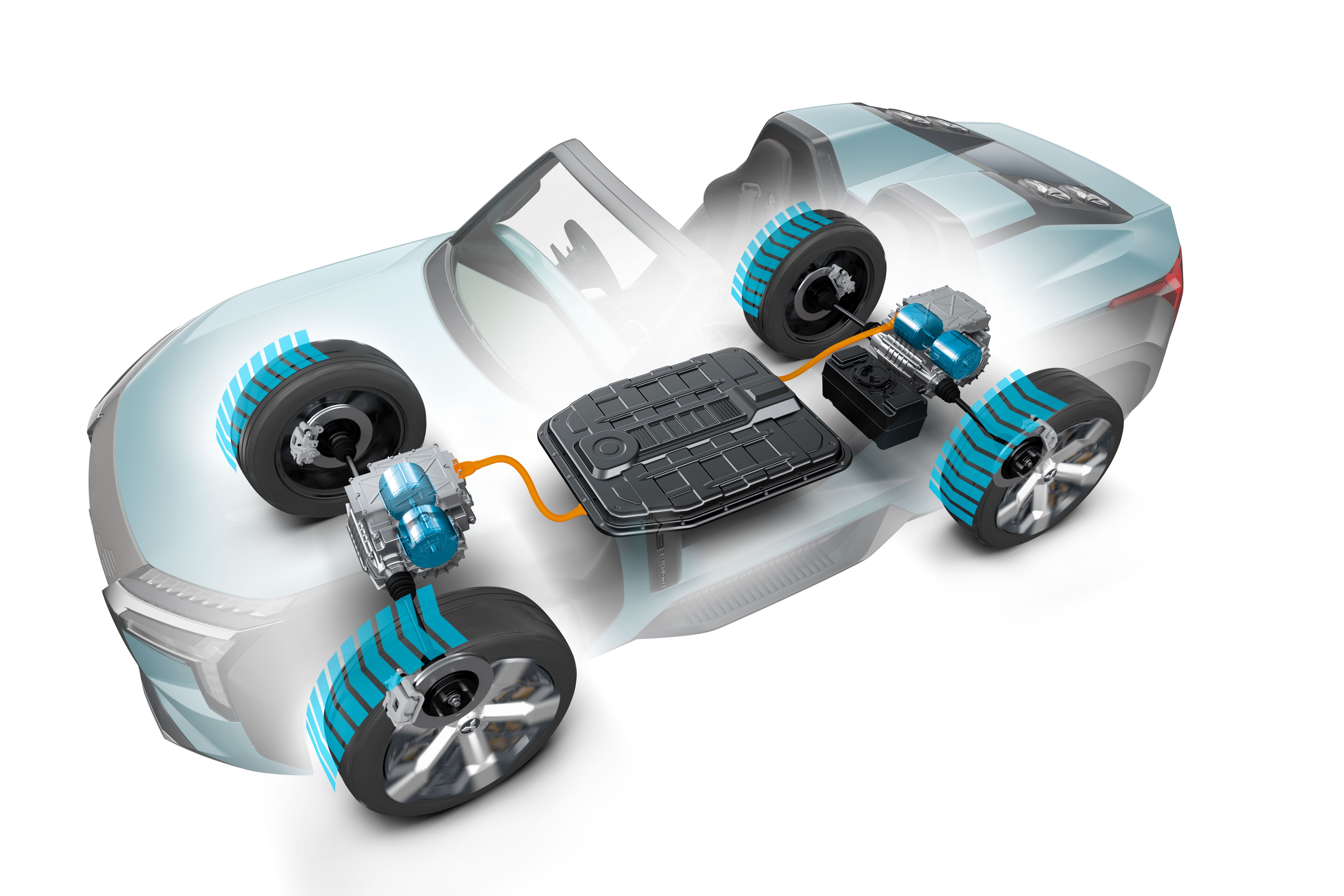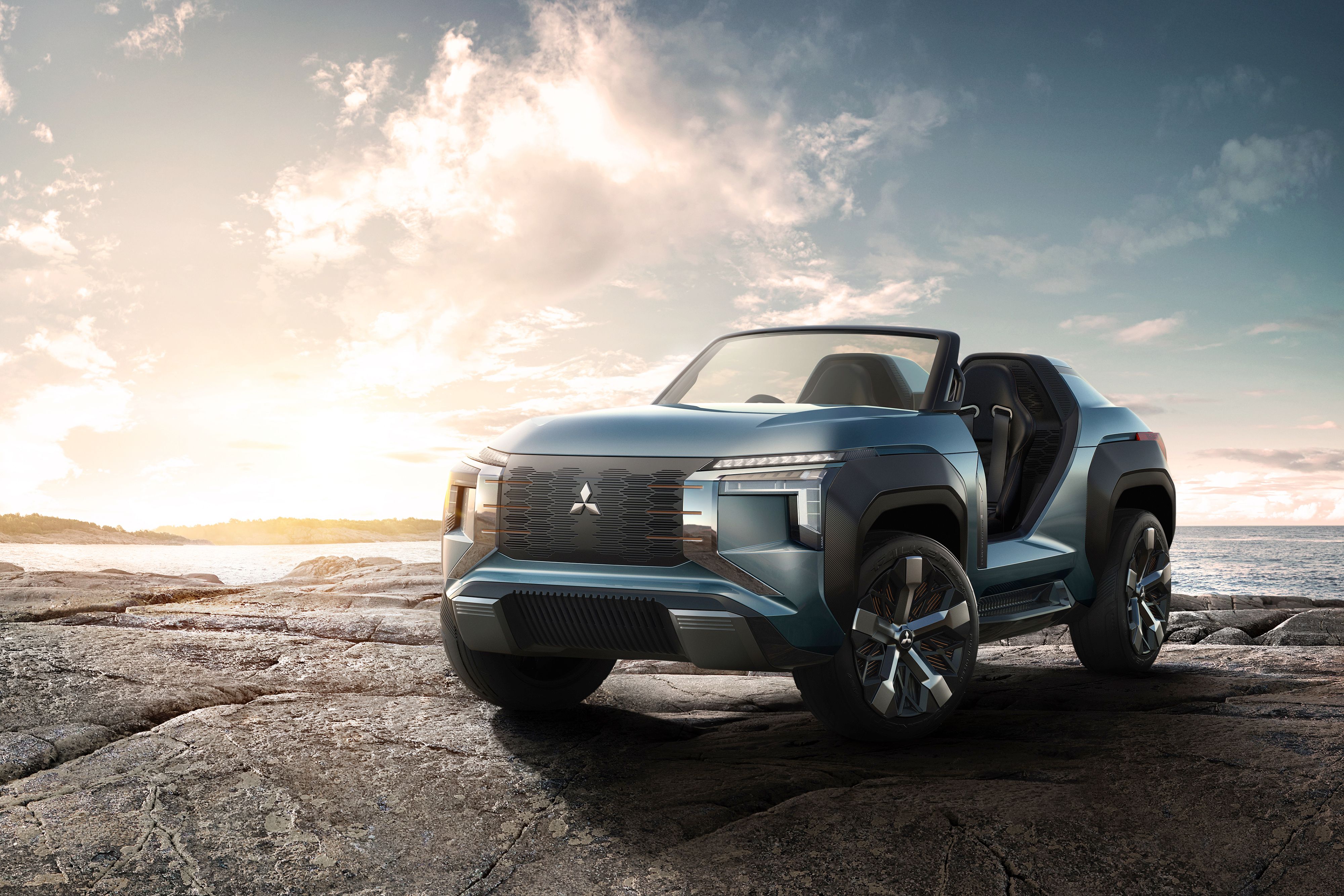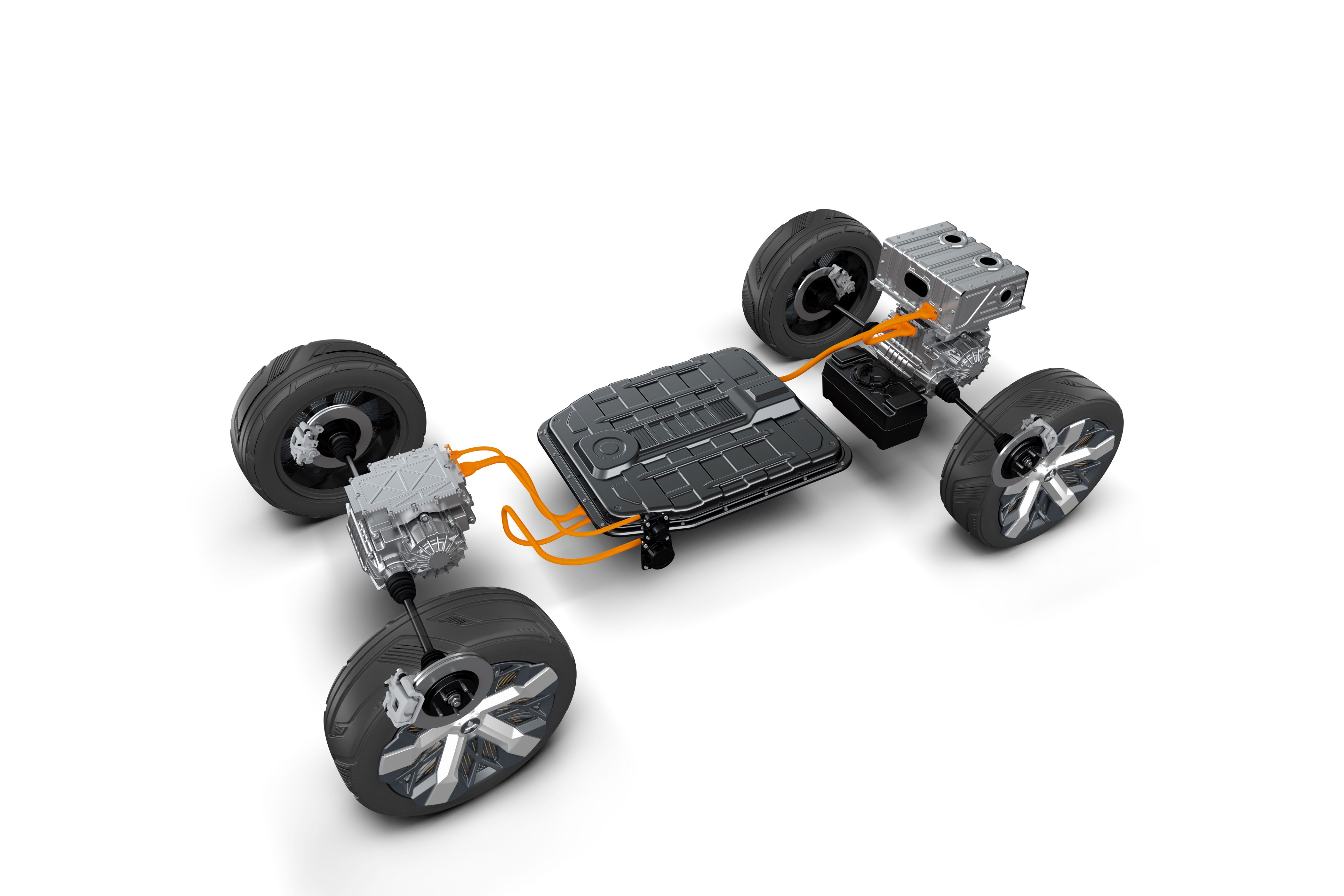One could argue that Mitsubishi is King of ridiculous concepts with at least one showing up to every auto show, and the 2019 Tokyo Motor Show is no different as Mitsubishi has introduced the Mi-Tech Concept. This concept is a futuristic take on the Dune Buggy (will we even have these in the future?) with a plug-in hybrid powertrain that’s paired with, I kid you not, a gas turbine engine. Now we know what those weird fans that we saw in the teasers are for. It also represents a new take on Mitsubishi’s grille design and, while it does look ridiculous in some respects, it’s not all fantasy and dreams. Here’s what you need to know about the Mitsubishi Mi-Tech Concept.
2020 Mitsubishi Mi-Tech Concept
- Make: Array
- Model: 2020 Mitsubishi Mi-Tech Concept
- [do not use] Vehicle Model: Array
Mitsubishi Mi-Tech Exterior Design
The entire exterior design of the Mi-Tech Concept might come off as arrogantly futuristic or maybe even ridiculous, but it’s not all crazy. The front end, for example, could represent – at least to some extent – the next representation of Mitsubishi’s grille design. If you look at it closely, you’ll notice the whole front end borrows some DNA from Models like the Outlander and Outlander Sport. The weird bracket design still exists on either side of the grille and the headlights, while compiled of oddly large LEDs actually carry a similar design cue to what Mitsubishi uses in current models. Could this grille, the trim around it, and the headlight concepts actually represent something Mitsubishi will apply to one or more of its mainstream models in the future? To some extent, yes it does. Maybe not in such an aggressive form, but I wholly believe that this is what the future front end of Mitsubishi vehicles will look like at some point in the next decade. I wouldn’t hold out hope for those weird, holographic bumper, square things at the bottom of the fascia on either side of the air dam, though.
The side profile of the Mi-Tech is where things get really weird.
The rear end is just as interesting as the front, and it even has those weird, square, holographic blocks in the corners of the fascia around what I can only describe as a larger version of the air dam in the front. Of course, the rear is also where the gas turbine engine is, so this air dam could actually serve some kind of airflow purpose. We can’t say for sure, but it’s possible. The Mitsubishi and Mi-Tech badge is a little too big in the rear, but it’s almost necessary as the rear end is too big for its own good, and it would look incredibly bland without such large emblems. I’m still not a fan of the taillights, either, considering there’s almost more of them on the side than there is the rear. For a futuristic concept, these taillights are quite boring in my book.
Mitsubishi Mi-Tech Interior Design
At first, I thought those flush vent openings in the dash were for speakers, but now I’m convinced that those are for the heating (and maybe air conditioning?) There are two other vented trim bits, one on each side, that would likely serve better as speakers. Then again, I could have this concept reversed, so it could go either way. At first, I was really surprised that there is a serious lack of screen real estate here. The future is supposed to be nothing but big screens in cars, right? Well, don’t be that surprised yet.
Overall, I like the design of the center console, and the seats are basically racing seats with five-point harnesses – definitely, something you need in a vehicle that’s designed to tear ass across the beach or up sand dunes. This might be another crazy futuristic interior from Mitsubishi, but I’d love to see some of the design here make it into future production models. Fingers crossed.
Mitsubishi Mi-Tech Drivetrain and Performance
Mitsubishi hasn’t said much of anything about the Mi-Tech’s powertrain, but what we’re looking at here is a real-world example of what Mitsubishi’s electric future will look like, with the exception of, probably, that gas turbine engine – I don’t hold out hope for that. But, if you look at the rest of the design, this is highly feasible for production.
As you can see, there are two motor blocks, one in the front and one it the rear. The images actually show that there are two motors inside each of those blocks, and these are all independently controlled. In the first image you see above, you’ll see that when going forward, the same amount of power is delivered to all four wheels. However, when the wheel is turned, Power output for the front outer wheel and rear inner wheel (in relation to the turn) is cut roughly in half. Power to the front inner wheel is dropped to about 20 percent, while full power is delivered to the rear outer wheel. This is a design that will improve not only cornering in general but traction in cornering as well. In other words, the powertrain is literally optimizing power into the turn you’re making to force you around a curve.
Final Thoughts
I have to admit that I kind of like the Mi-Tech concept. I think its design is ridiculous and far from the aspect of reality, but that’s also the beauty of it. It explores something that Mitsubishi could potentially do in the future, and the powertrain technology, as well as the front end design, will eventually wind up on production models within the next 5 years or so. I only wish that Mitsubishi would but this much effort into its production cars. If that was the case, maybe the brand wouldn’t be forced to reinvent itself every few years or, at the very least, its entire lineup wouldn’t look damn near the same.

